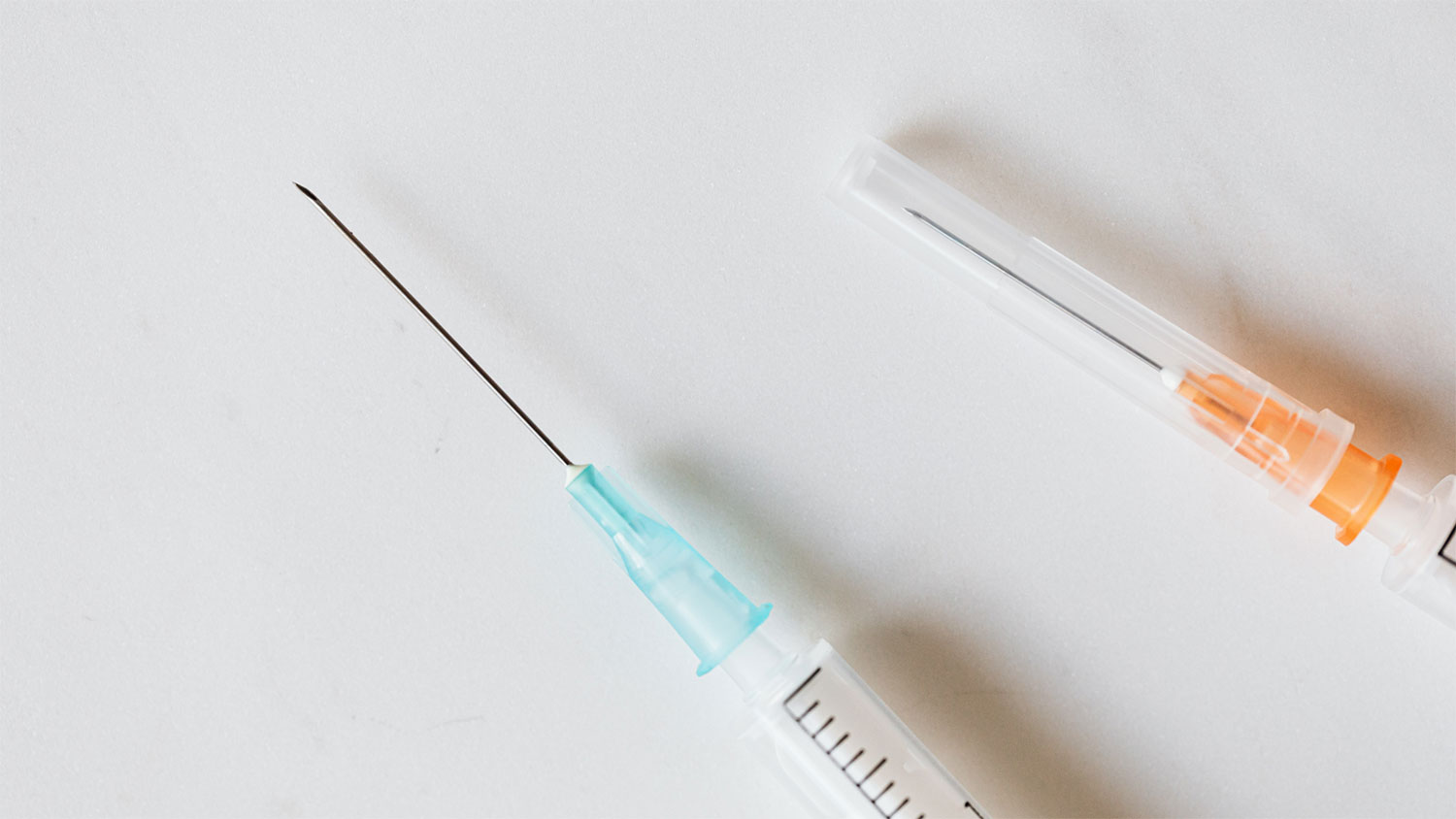Sharps waste collection 101
Tuesday 1st April 2025

As one of the UK’s leading waste management services, our specialists safely and reliably handle all types of waste, including sharps. Sharps, biohazard and pharmaceutical waste is a tricky customer and one that requires very careful handling to ensure a safer, cleaner and compliant work environment.
Read on to discover our guide to all things sharps, including sharps classification, approved disposal methods and how to get started.
An introduction to sharps waste
Let’s start with the basics. Sharps are a form of biomedical waste and classified as any clinical object or device that is used to puncture or cut the skin. This includes but is not limited to hypodermic needles, syringes, lancets, disposable surgical blades or scalpels, trocars, ampoules (empty or broken), culture slides and dishes, catheters and cannulas, and autoinjectors. Sharps waste should also include contaminated glass and broken, rigid plastic.
Professional sharps waste collection and disposal is vital across numerous settings, including those within the healthcare, research and home care industries. However, sharps waste bins also have a place in the likes of tattoo parlours, barbers (scalp micropigmentation) and even hospitality settings – typically providing bins for needles used by those with diabetes.
.jpg?sfvrsn=a94f9d2a_1)
Understanding the dangers of sharps waste
The dangers of sharps waste should never be underestimated. The risks associated with incorrect sharps disposal have the potential to cause lifelong harm, with the inability to identify sharps and ensure their disposal leading to contamination that is detrimental to human health.
Improper sharps disposal has resulted in exposure to Hepatitis and HIV infection. Such pathogens can infect people and pollute the environment causing critical illness to humans and animals. Healthcare workers are particularly vulnerable to the dangers of discarded sharps, with sharps accidents prevalent across several medical settings.
Busineses have a duty of care to ensure that sharps waste is dealt with correctly and compliantly.
The rules of sharps waste disposal
Specific legislation – namely the Health and Safety (Sharp Instruments in Healthcare) Regulations 2013 – provides essential guidance for employers and employees in healthcare settings.
Under the ‘Sharps Regulations’, all employers and contractors must ensure the effective and safe management of sharps, regardless of the industry sector they serve. This includes the assessment of sharps related risks as well as training provisions for employees. The unnecessary use of sharps should also be avoided, while all medical sharps used must be disposed of in accordance with the Control of Substances Hazardous to Health Regulations (COSHH).
The placement and use of sharps bins is integral to COSHH compliance. These containers must be clearly marked, secure and placed close to workers using sharps to encourage safe working practices. You must maintain records of all waste transfers for a period of at least three years, and deliver the necessary sharps handling and disposal training to employees.
Designated waste management services should also be called upon as part of your sharps waste policy for collection and disposal. Licensed waste management services will provide all the details you need (including transfer or consignment notes) to keep your waste records up to date.
Requesting sharps waste collection
Regular sharps waste collection is an essential part of the bigger picture. Without frequent collection and disposal, bins will overfill, putting you and your workers at an increased risk of contamination.
At Everflow, our waste management services are here to help with a complete package that puts your needs first. We can assist with waste audits to ensure your chosen waste management services correctly cater to the types and quantities of sharps waste you generate, providing a collection and disposal system that works for your organisation.